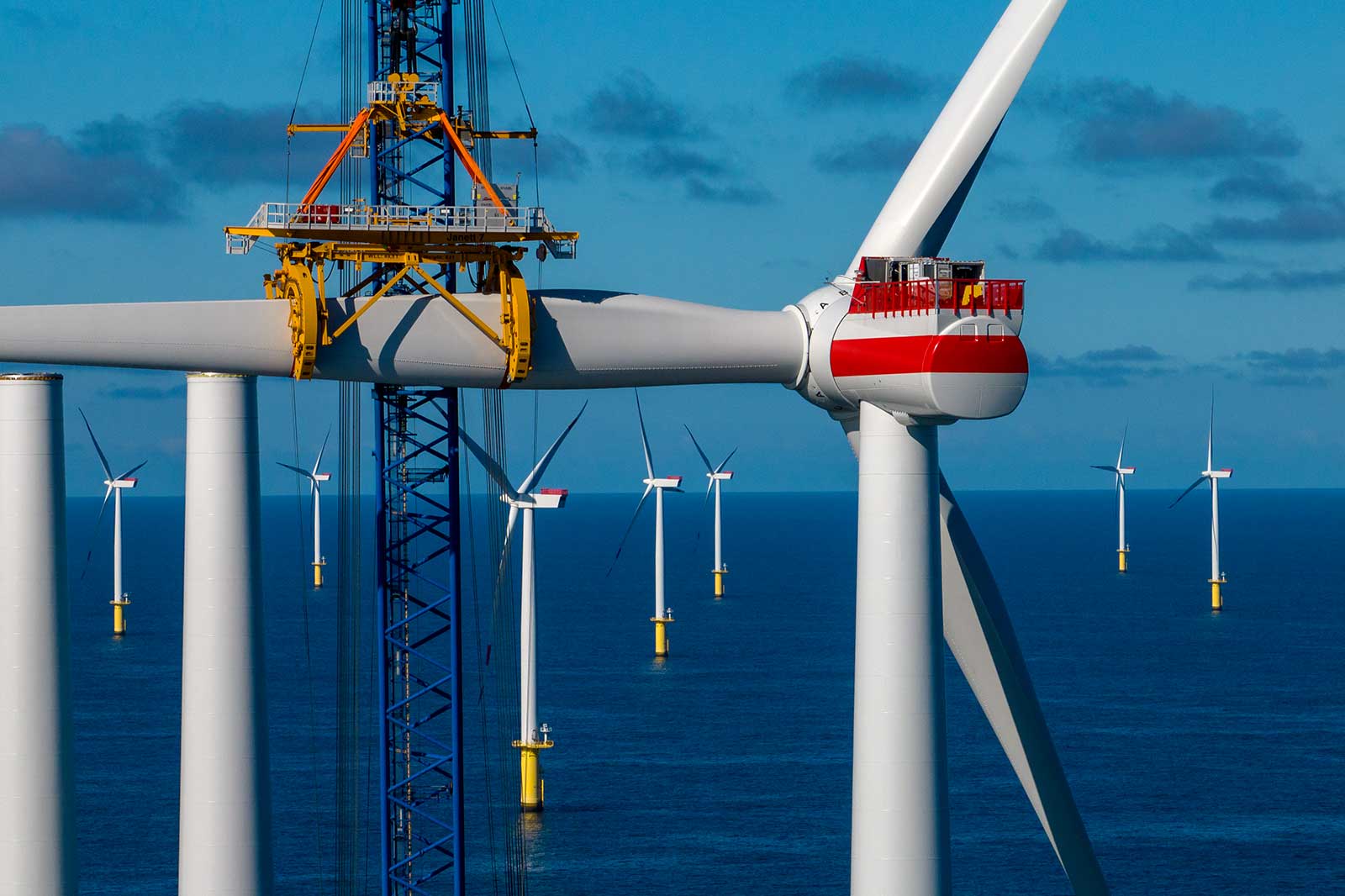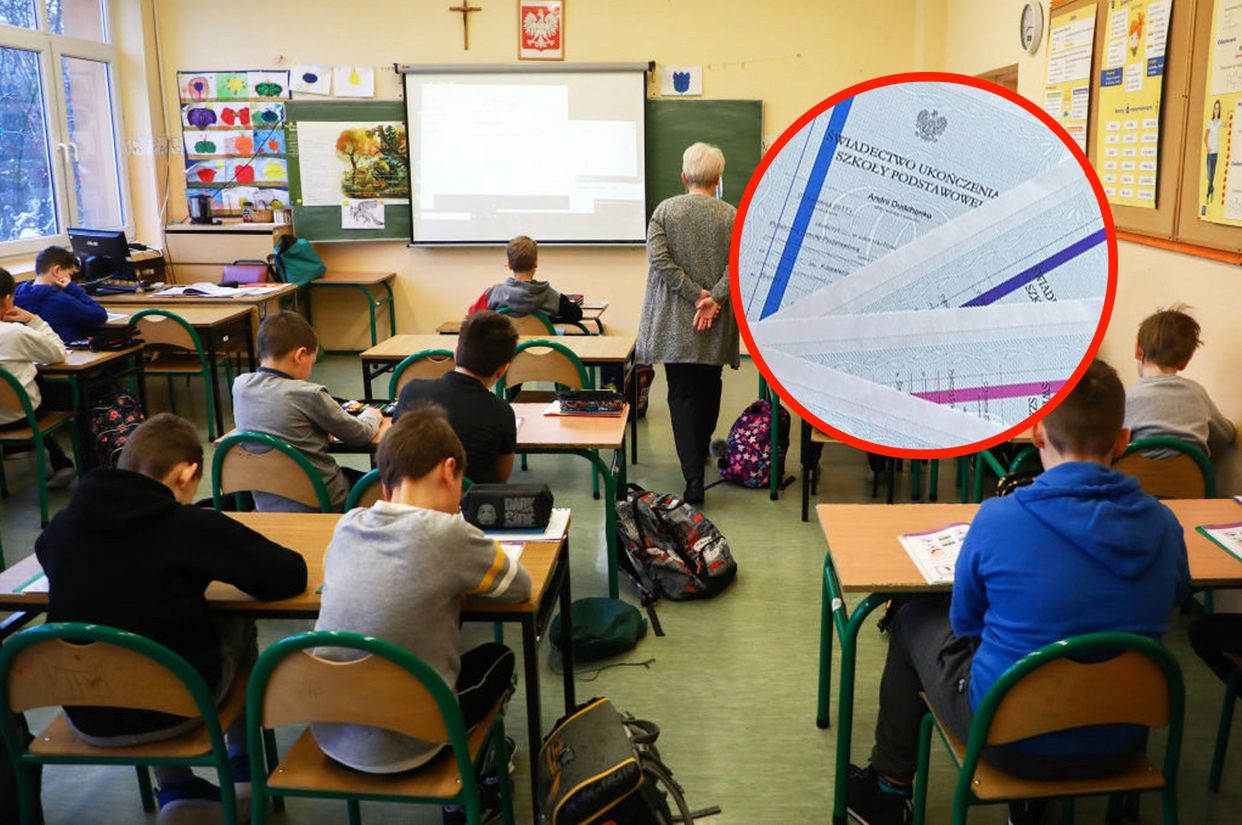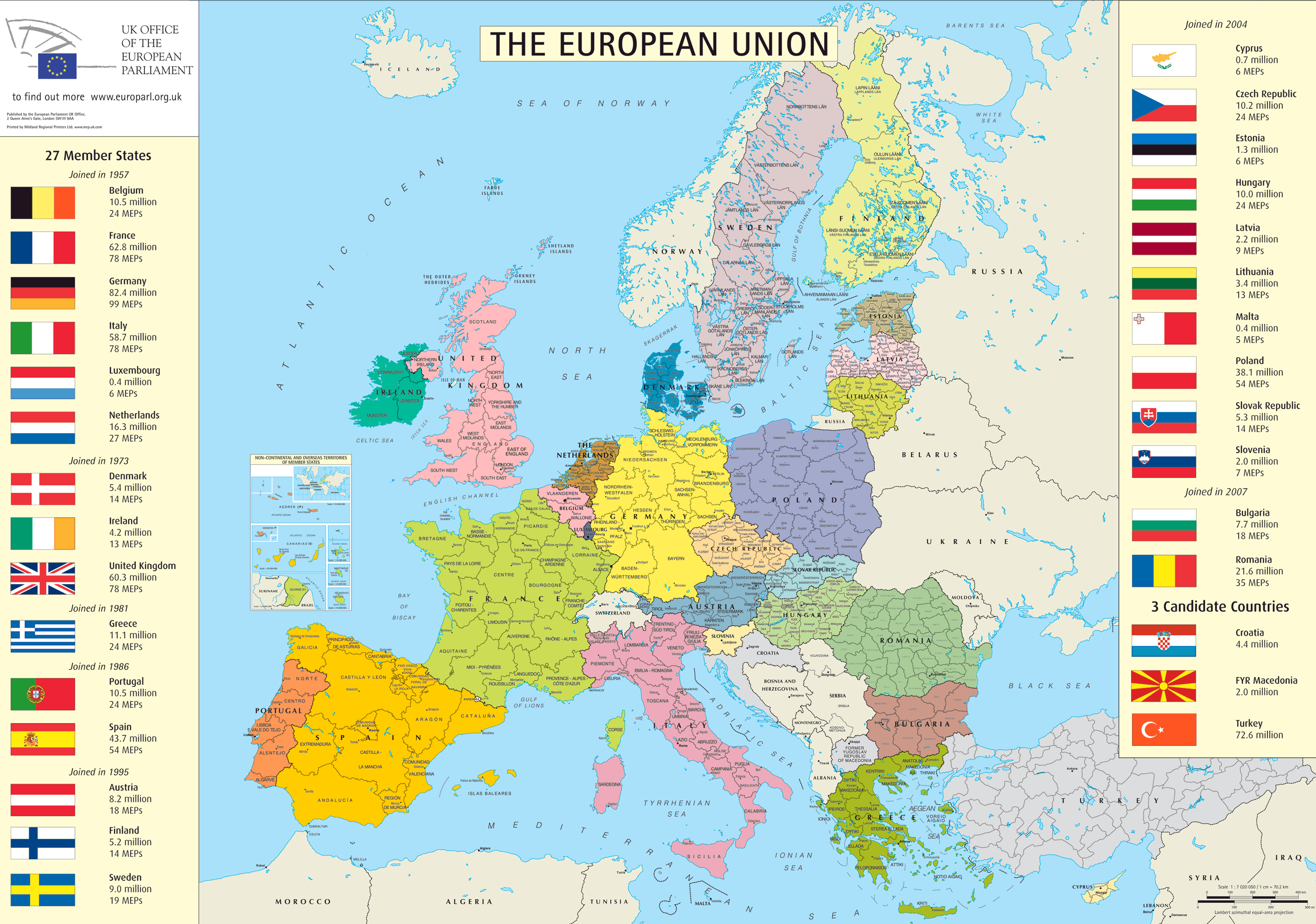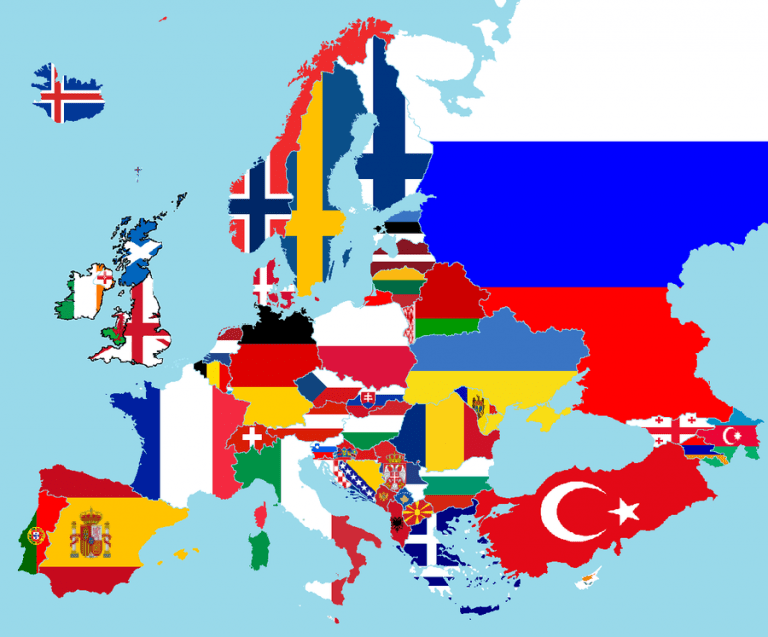Offshore Wind Farm Economics: A Turn Against High-Cost Projects

Table of Contents
Previously, the narrative surrounding offshore wind was one of guaranteed returns fueled by government subsidies and steadily decreasing technology costs. However, the current economic climate paints a different picture. Inflation, supply chain disruptions, and rising interest rates are significantly impacting project viability, forcing a hard look at the true economics of offshore wind farms.
Rising Capital Expenditure (CAPEX) and its Impact on Offshore Wind Farm Economics
The escalating costs associated with developing offshore wind farms are a major concern. Capital expenditure (CAPEX) has skyrocketed, impacting the overall economics of offshore wind energy projects. This increase stems from several factors:
- Increased Turbine Costs: The cost of manufacturing and installing wind turbines has risen dramatically. Larger, more powerful turbines, while offering higher energy output, also come with a significantly higher price tag.
- Supply Chain Disruptions: Global supply chain bottlenecks, exacerbated by geopolitical events and the pandemic, have led to delays and increased material costs. This particularly affects the availability of crucial components like steel, rare earth minerals, and specialized electronics.
- Inflationary Pressures: Rising inflation across the board has driven up the cost of labor, materials, and transportation, significantly impacting project budgets.
- Higher Financing Costs: Increased interest rates and investor risk aversion have led to higher financing costs, making it more expensive to secure the capital needed for offshore wind farm development.
Key contributing factors to rising CAPEX:
- Increased steel prices
- Shortage of skilled labor
- Delays in permitting and approvals
- Higher insurance premiums
The Role of Operational Expenditure (OPEX) in Offshore Wind Farm Profitability
Beyond the initial investment, ongoing operational expenditure (OPEX) plays a crucial role in determining the long-term profitability of offshore wind farms. Maintaining and operating these remote facilities presents unique challenges:
- High Maintenance Costs: Accessing and maintaining offshore infrastructure requires specialized vessels and skilled personnel, resulting in substantial operational costs. Routine inspections, component replacements, and emergency repairs all contribute to OPEX.
- Unforeseen Repairs: The harsh marine environment can lead to unexpected damage and equipment failures, requiring costly repairs and potentially impacting energy production.
- Grid Connection Challenges: Connecting offshore wind farms to the onshore grid can also be complex and expensive, adding to the overall operational costs.
Significant components of OPEX:
- Specialized vessel costs for maintenance
- Crew accommodation and transportation costs
- Regular inspections and component replacements
- Potential for unforeseen damage
Government Subsidies and their Decreasing Influence on Offshore Wind Farm Economics
Government subsidies and tax incentives have historically played a significant role in supporting offshore wind farm development. However, the landscape of government support is changing:
- Phasing Out of Subsidies: Many governments are phasing out or reducing subsidies for renewable energy projects as the technology matures and becomes more commercially viable. This transition impacts the financial feasibility of many projects.
- Increased Competition for Funding: With limited government funding available, there is increased competition among projects for securing financial support, making it harder for some to secure necessary investments.
- Emphasis on Cost-Effectiveness: Governments are increasingly emphasizing cost-effectiveness and efficiency in renewable energy projects, putting pressure on developers to reduce costs and improve project viability.
Factors impacting government support:
- Decreased feed-in tariffs
- Reduced tax incentives
- Increased competition for government funding
- Focus on cost-effectiveness and efficiency
Innovative Solutions for Improving Offshore Wind Farm Economics
Despite the challenges, several innovative solutions are emerging to improve the economics of offshore wind power projects:
- Technological Advancements: Advancements in turbine design, including larger, more efficient turbines and floating offshore wind technology, are helping to reduce costs and increase energy production.
- Automation and Digitalization: Automation and digitalization are improving efficiency in construction, operation, and maintenance, leading to cost savings. Predictive maintenance systems can help minimize downtime and reduce repair costs.
- Innovative Financing Models: New financing models and risk-sharing agreements are being developed to mitigate financial risks and make projects more attractive to investors.
Key innovative approaches:
- Floating offshore wind technology
- Improved turbine designs with higher capacity factors
- Advanced monitoring and predictive maintenance systems
- Innovative financing models and risk-sharing agreements
Conclusion: Navigating the Shifting Landscape of Offshore Wind Farm Economics
The economics of offshore wind are undergoing a significant transformation. Rising CAPEX, substantial OPEX, and decreasing government support pose significant challenges to project viability. However, technological innovation and the development of more efficient and cost-effective solutions offer a pathway to a sustainable future for offshore wind energy. Understanding the evolving landscape of offshore wind farm economics is crucial for future investment decisions. Learn more about innovative approaches to cost reduction and sustainable development in the offshore wind sector today!

Featured Posts
-
 The Private Credit Hiring Boom 5 Dos And Don Ts For Success
May 03, 2025
The Private Credit Hiring Boom 5 Dos And Don Ts For Success
May 03, 2025 -
 Lotto 6aus49 Ergebnis 12 April 2025 Alle Gewinnzahlen
May 03, 2025
Lotto 6aus49 Ergebnis 12 April 2025 Alle Gewinnzahlen
May 03, 2025 -
 Solidarnosc I Republika Czy To Wyjatkowe Wyroznienie Zasluguje Na Uwage
May 03, 2025
Solidarnosc I Republika Czy To Wyjatkowe Wyroznienie Zasluguje Na Uwage
May 03, 2025 -
 Les Tuche 5 Un Film Dedie A
May 03, 2025
Les Tuche 5 Un Film Dedie A
May 03, 2025 -
 Switzerlands Unwavering Support For Ukraine Presidents Reiteration
May 03, 2025
Switzerlands Unwavering Support For Ukraine Presidents Reiteration
May 03, 2025
Latest Posts
-
 Stratejik Avrupa Is Birligi Oenemli Adimlar
May 03, 2025
Stratejik Avrupa Is Birligi Oenemli Adimlar
May 03, 2025 -
 Avrupa Ile Is Birliginin Gelecegi
May 03, 2025
Avrupa Ile Is Birliginin Gelecegi
May 03, 2025 -
 Sulm Me Thike Ne Qender Tregtare Te Cekise Detajet E Ngjarjes
May 03, 2025
Sulm Me Thike Ne Qender Tregtare Te Cekise Detajet E Ngjarjes
May 03, 2025 -
 10 Year Old Girl Too Good For This World Dies On Rugby Pitch A Communitys Grief
May 03, 2025
10 Year Old Girl Too Good For This World Dies On Rugby Pitch A Communitys Grief
May 03, 2025 -
 Gueclendirilen Avrupa Is Birligi Son Gelismeler Ve Analizler
May 03, 2025
Gueclendirilen Avrupa Is Birligi Son Gelismeler Ve Analizler
May 03, 2025
